EIA: fuel economy improvements bring diminishing returns in fuel savings
Green Car Congress
JULY 15, 2014
Improving fuel economy exhibits diminishing returns in fuel savings, according to a brief analysis by the US Energy Information Administration (EIA). Similarly, the fuel and cost savings of improving fuel economy from 12 mpg to 15 mpg are the same as increasing from 30 mpg to 60 mpg.







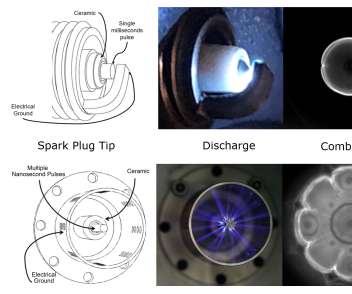

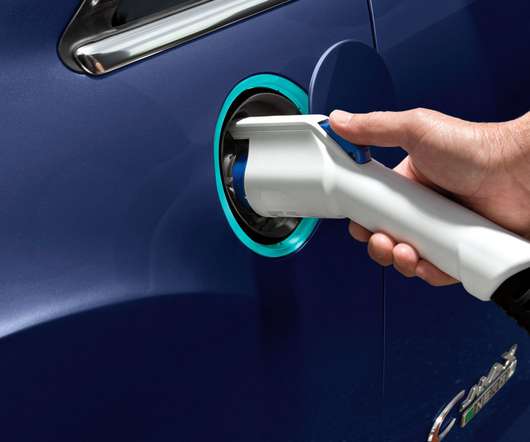





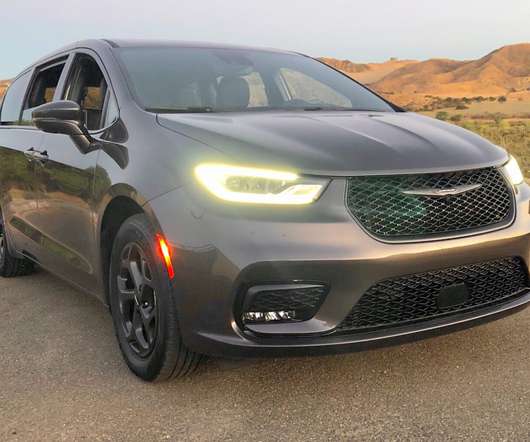





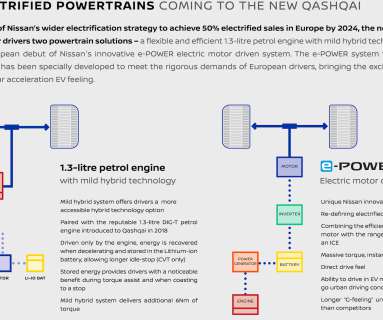
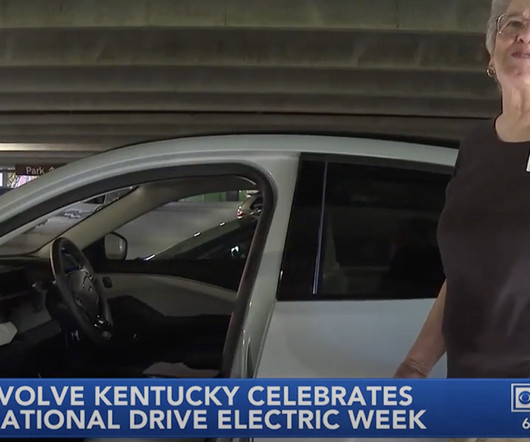
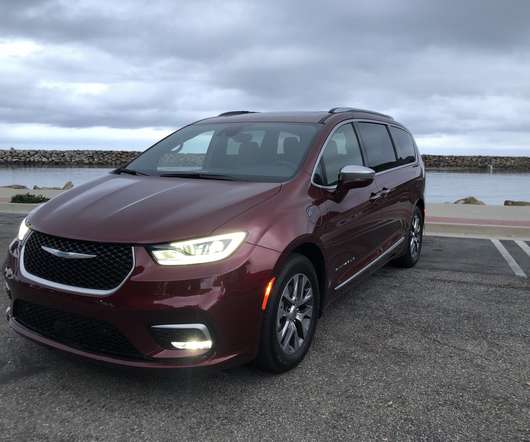




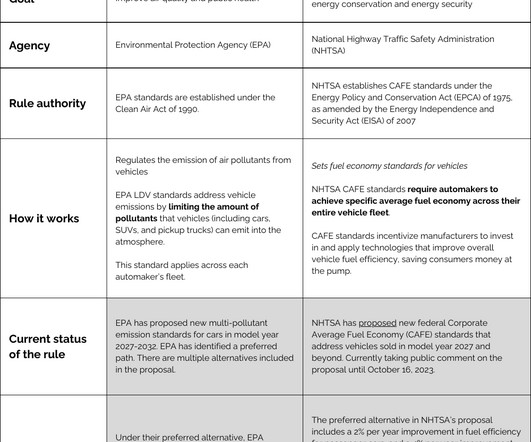









Let's personalize your content